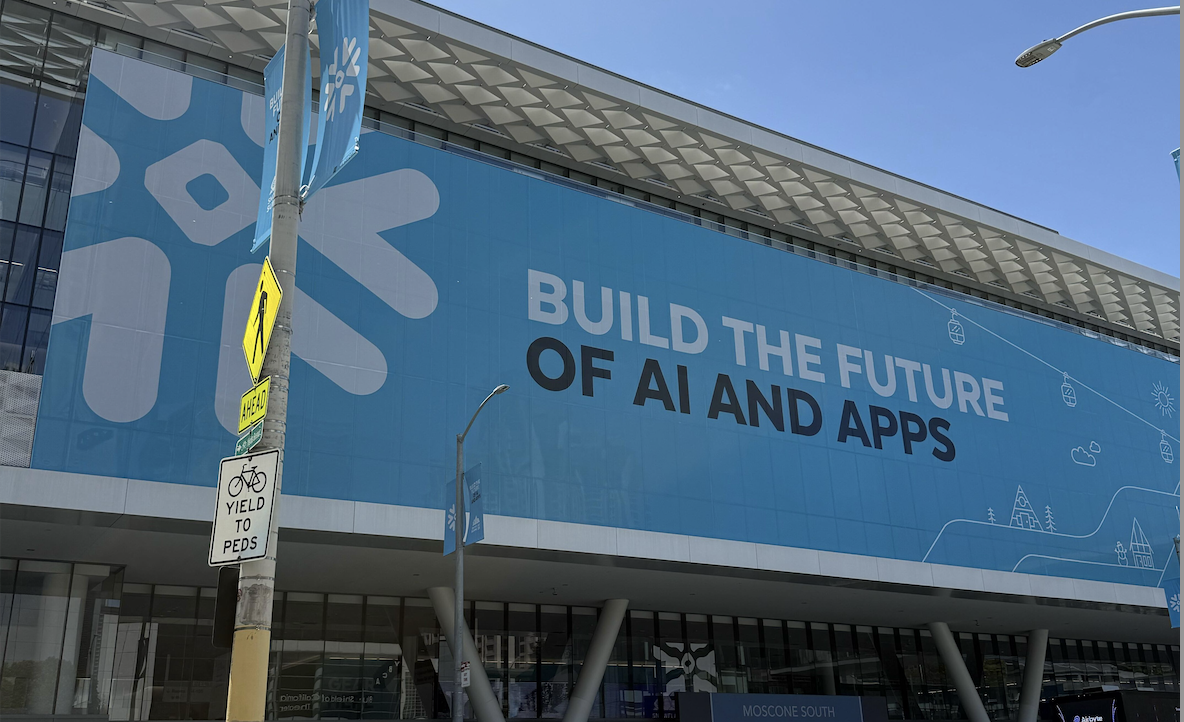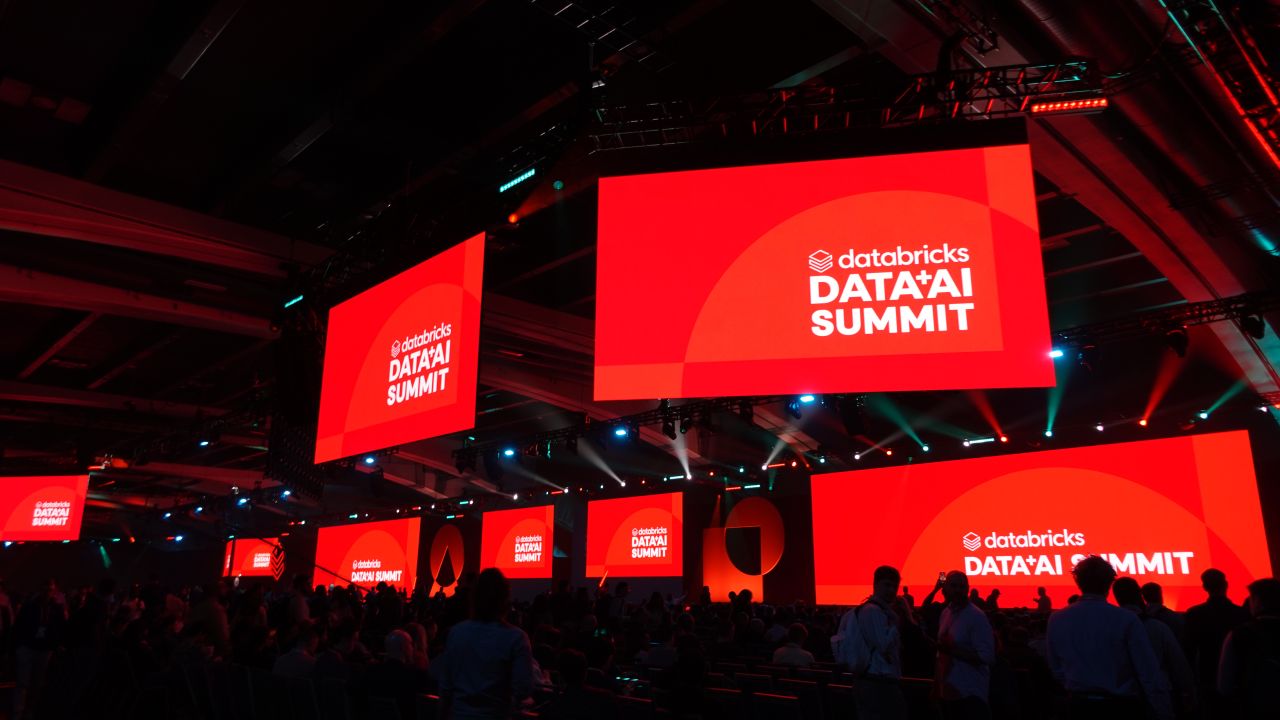Why Consider Data Fabric Solutions?

Data fabric is being used more often in the data science industry and specifically in analytics and data management processes. Gartner Inc, a reputable advisory and research company, ranked data fabric among the top ten technological trends for 2021. Therefore, it’s worth spending a few paragraphs to delve into what a data fabric is.
To demystify the term, we can say that data fabric is an architecture that unifies technologies and services used on that architecture into a single environment. By using continuous analytics over traditional data management methods, it intends to simplify the deployment, extraction, and design of data in multi-cloud as well as hybrid platforms.
Data fabrics make use of machine learning for a faster extraction and understanding of metadata so that businesses can waste less time performing these processes manually and focus on high-priority tasks instead. It immediately maximizes the value of your data and creates room for rapid technological transformation.
Such solid and powerful architecture simplifies the communication and flow of data throughout the cloud, edge devices, and on-premises software. With security, data access and control, insights, and visibility, data fabric is ranked among the best ways to work with data.

Reasons for Using Data Fabric
Several advantages turn data fabric into an optimal strategy that serves not only enterprises but also small businesses to maximize their data value across edge, cloud, and core. It allows central governance while permitting communication through private and public clouds, on-premises, IoT, and edge devices.
Data fabrics bring an end to frighteningly large data silos spanned across unconnected and disparate infrastructures. Utilizing a versatile set of data management practices and competencies, data fabrics enable consistent communication among your unified environments. That said, let’s analyze three key points for why data fabric is advantageous.
1. Data Prompts Competitive Growth
Innovative technologies are developing at a fast pace, seeking architectures of data that provide data flow at a lighting speed. Customers asking for solutions care less about how you plan to achieve them, rather they want results otherwise they’ll switch to your competitors.
Acknowledging the value of data, organizations are adopting various methods to profit out of data by serving it in multiple formats and decreasing the operational costs in the process. If before data was bound by on-premises data centers due to the expensive and restricted processing capabilities, this has changed. IoT and cloud technologies give more options to work with data that accelerate growth.
2. More Efficient Transitions
Considering that enterprises need to work with data from multiple locations, such as data lakes, transactional data stores, application storage, cloud storage, data warehouses, machine logs, and social media storage, the entire process requires ease in data transitions.
Implementing data fabrics allows seamless communication and switching when working with data between computing resources and cloud vendors. Therefore, users deal with fewer disruptions than usual, and lower the time it takes to retrieve certain insights and identify data patterns. Consequently, a reduction in processing time allows your business to make decisions faster.
3. Flexible Adaptation and Evolving Potential
Organizations that use data fabrics are guaranteed a smooth adaptation with new, emerging technologies and infrastructures. Best of all, connecting multiple infrastructure endpoints with a unified data management system is done with ease and without misinterpretation risks.
It is common for startups in their early stages to settle for low-cost storage solutions, until they can afford higher and advanced storage alternatives. Data fabrics allow an uncomplicated adaptation of infrastructures so that organizations protect their data during interventions or infrastructure upgrades.
Final Thoughts
Data fabrics provide organizations with the architecture needed to thrive in their industry by providing businesses and customers with quick answers even when these answers seek an iteration through different types of data storage. Not only does this help you fully utilize the potential of the hybrid cloud, but also gives you competitive advantages in the market.
Dealing with sophisticated heaps of data gets overwhelming at times. At Blue Orange Digital, we have helped multiple companies implement novel solutions that incorporate advanced analytics with machine learning. Reach out to us if you want to facilitate data transformation while reducing time and financial costs in your daily work processes.


